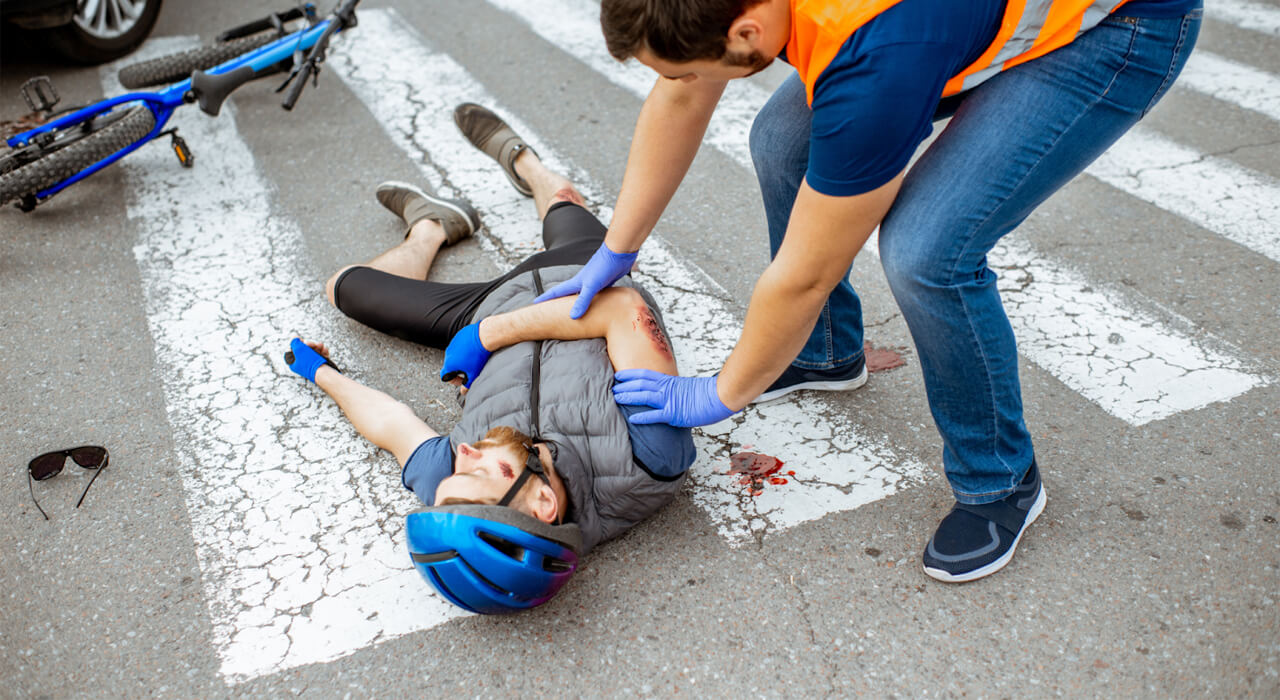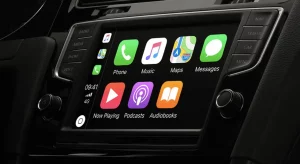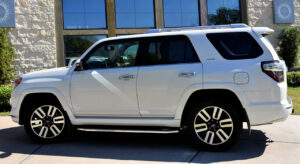Experiencing a hit and run accident can be alarming and exasperating. When a driver flees the scene without stopping or exchanging information, it can seem impossible to identify them.
Nevertheless, you can take crucial steps to gather evidence regarding the hit-and-run driver. Prompt and thorough information gathering improves your chances of finding the responsible party.
8 Immediate Actions to Follow After a Hit and Run
1. Call the Police Immediately
The very first action you should take after a hit and run collision is to call 911. Alerting law enforcement right away gets an official accident report filed and sets an investigation in motion.
According to the U.S. Department of Transportation, in 2019 there were over 6 million police-reported motor vehicle crashes nationwide. Of those, nearly 1.7 million resulted in injuries and over 36,000 were fatal.
A swift response from the authorities increases the likelihood of locating the hit-and-run driver. The police can also direct traffic control and medical care to the scene.
2. Collect Evidence at the Accident Scene
Do not leave the accident scene until you have gathered as much helpful information as possible. Taking photos of the damage to your vehicle and the area of impact can provide valuable visual evidence.
Suggestion: 11 Best SUVs For Snow That You Must Check Out
Note the license plate numbers of any nearby vehicles, as potential witnesses may have departed. Ask passersby if they witnessed the crash and obtain their contact details. The more evidence you amass that places the hit and run driver at the scene, the stronger your case will be.
3. Check for Area Surveillance Cameras
Another method to potentially identify the vehicle and driver is to check for nearby surveillance cameras. Traffic cameras at intersections sometimes capture footage that could show the collision and fleeing vehicle. Similarly, security cameras on surrounding buildings may provide useful video evidence.
If the crash happened near private residences, consider asking the homeowners if you could review their outdoor camera footage. Even a partial license plate number or vehicle image can assist the police in tracking down the at-fault party.
4. Speak with Eyewitnesses in the Area
Survey the vicinity to find and interview individuals who may have directly witnessed the hit and run. Pedestrians, store owners, or other motorists in the area may provide information on the driver’s description, vehicle make and model, license plate, or direction they fled.
Eyewitness accounts are often crucial in aiding law enforcement. Consulting a car accident lawyer could be viewed as an additional step in seeking professional advice and assistance. This highlights the importance of thorough information collection and the potential for legal action.
Be sure to document eyewitness accounts and obtain their contact information for future communication with authorities. Considering the National Highway Traffic Safety Administration reports over 1.7 million injury-causing crashes, the probability of finding potential witnesses is high.
5. Post Details on Social Media
Turning to social media platforms is another tactic for gathering clues about the fleeing driver. With nearly three billion social media users worldwide, posting details of the hit and run along with photos of your vehicle’s damage can cast a wide net for information.
Ask people to contact you or the police if they have any knowledge of the vehicle or recognize its driver. Encourage shares of your post to reach more users. You never know which critical lead might emerge.
6. Consult an Experienced Personal Injury Attorney
For legal guidance and support in identifying the at-fault driver, consult a qualified personal injury lawyer.
An attorney can conduct a thorough independent investigation by interviewing witnesses, requesting police and medical reports, reviewing video footage, and visiting the accident scene.
They might also employ a private investigator to pursue leads. With nearly 38 million licensed drivers aged 65 and over in America, an attorney’s expertise can significantly boost your chances of identifying the hit and run driver. They can also advise you on steps to recover damages.
7. Filing an Insurance Claim
You will need to promptly file a claim with your car insurance policy if you have uninsured motorist coverage, or with the insurance of the driver once they are identified. Your insurer can start gathering evidence and details from you as the policyholder.
Also Check: 7 Most Affordable Cars With Paddle Shifters You Can Not Miss In 2023
However, cooperation with their investigation does not obligate you to accept their initial settlement offer. An experienced personal injury lawyer can still negotiate for full compensation.
8. When to File a Lawsuit
If significant time passes without successfully identifying the hit and run driver, your attorney may recommend filing a personal injury lawsuit against the anonymous driver, such as “John Doe.”
While not ideal, this action reserves your right to take legal action if the driver’s identity is uncovered before the statute of limitations expires. Guidance from your lawyer can optimize your chances of obtaining compensation through settlement or trial.
Most Common Reasons for Hit and Runs
According to AAA research, common reasons why hit and run drivers flee the scene include:
- Driving under the influence of drugs/alcohol
- Lack of valid driver’s license
- No auto insurance coverage
- Outstanding arrest warrants
- Attempting to hide another crime
- Fear and panic after causing an accident
Understanding these motivations gives police and lawyers valuable context for tracking down hit and run drivers. But whatever the reason, fleeing the scene is unacceptable and against the law. The following chart shows the causes of hit and run accidents in the US:
FAQs
What should I do if I witness a hit and run?
If you see a collision where the driver leaves the scene, contact 911 immediately. Provide the location, vehicle descriptions, license plate if possible, the direction the driver fled, and any noticeable damage. Your eyewitness account is crucial for locating the driver. Also, if it is safe to do so, render aid to any injured parties until first responders arrive.
Also Check: Top 10 Cars That Get 40 MPG Under $10000
What legal options do I have if injured by a hit and run?
Injury victims have two main options: File a claim with your own insurance company if you have uninsured motorist coverage, or pursue compensation from the at-fault driver if identified through a personal injury lawsuit. An experienced lawyer can assist in maximizing your settlement and navigating the claims process.
How can I enhance my claim without the driver’s identification?
While you are not required to independently identify the hit and run driver, taking proactive steps can significantly strengthen your claim. Document the scene thoroughly, interview witnesses, review video footage, hire a lawyer to investigate, and file a “John Doe” lawsuit before time limits expire. The more evidence gathered, the better.
Conclusion
Being the victim of a hit and run accident can leave you feeling frustrated and overwhelmed. By promptly calling the police, collecting evidence, using surveillance videos, gathering eyewitness accounts, and utilizing social media, you can take proactive steps. Consulting a lawyer can help you decisively identify the driver and take appropriate action.
Although challenging, these steps can lead to a more favorable claim resolution and just compensation. Remain persistent and optimistic that the at-fault hit and run driver will be found.







